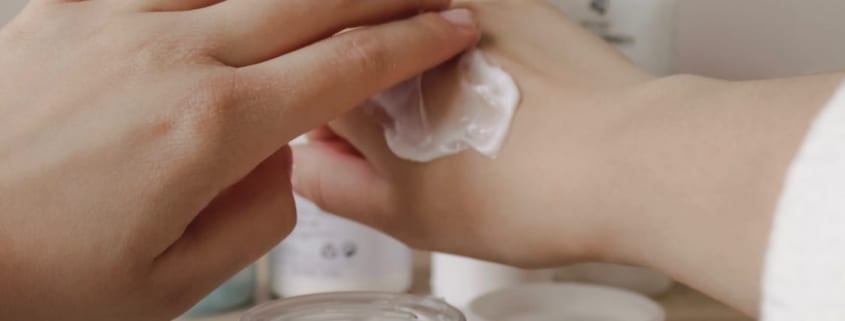There is no arguing that we are experiencing a decline in both male and female fertility as well as an increase in reproductive health concerns such as polycystic ovarian syndrome and endometriosis. One of the factors contributing to these reproductive and fertility concerns is our exposure to chemicals such as phthalates. Phthalates (pronounced thalates) are chemical products used to make plastics flexible and resilient. Products containing phthalates include fragrances, adhesives, detergents, lubricating oils, pharmaceuticals, solvents, flooring, soap, shampoo, lotions, nail polish, plastics, and medical devices. Phthalates have been found to disrupt egg development and maturation, sex hormone production and embryonic development, leading to impaired fertility (Rashtian J, 2019).
In a study of 215 infertile women, higher levels of urinary phthalate metabolites were correlated with lower antral follicle numbers, indicating that phthalates were associated with lower ovarian reserve. The researchers continued to follow these women and found that urinary phthalate metabolites were lower in those who went on to conceive using assisted reproductive technology compared with those who did not fall pregnant (Rashtian J, 2019). Another study examined phthalate metabolites and outcomes from IVF cycles and found that the concentration of phthalate metabolite was negatively associated with the number of eggs retrieved, maturation of eggs retrieved, number of fertilised eggs and good quality embryos but not with implantation, clinical pregnancy or live birth rates (Rashtian J, 2019).
Yet another study following 420 women found that those with higher levels of urinary phthalate metabolites had a 22% lower chance of implantation, 24% lower chance of clinical pregnancy and 38% lower chance of live birth compared with those women with the lowest levels (Mínguez-Alarcón L & Team., 2019)
One of the ways chemicals such as phthalates work to interfere with fertility is by disrupting the endocrine system. The endocrine system is our hormonal communication system, which has many jobs, one of which is co-ordinating fertility hormones and egg maturation and release.
What does this mean for those of us who want to have babies? Well, many chemicals such as phthalates are ubiquitous in our environment. It would be difficult to completely avoid them. Reducing exposure, however, will certainly confer a benefit as is shown in the studies above. Modifying the modifiable is the name of the game here. This means reading the labels of the products you use on your skin, in the bathroom, and around the house and avoiding anything containing the words ‘phthalate’ (often attached to other chemical names, so read carefully) or ‘fragrance’ as you apply these directly to your body or sleep on sheets doused in these chemicals every night. Most of those ‘clean’ or floral smells from your household products will contain some phthalates. Some common culprits are air fresheners, perfumes, laundry detergents, skin care lotions, nail polish, and shampoo/conditioners.
Try using essential oils in a diffuser and sourcing less harmful versions of your personal and household cleaners – they are out there, even less dangerous nail polish – you just have to do a bit of looking and be ready to read labels and ask questions if the label isn’t clear. It’s your fertility, take control of it!





